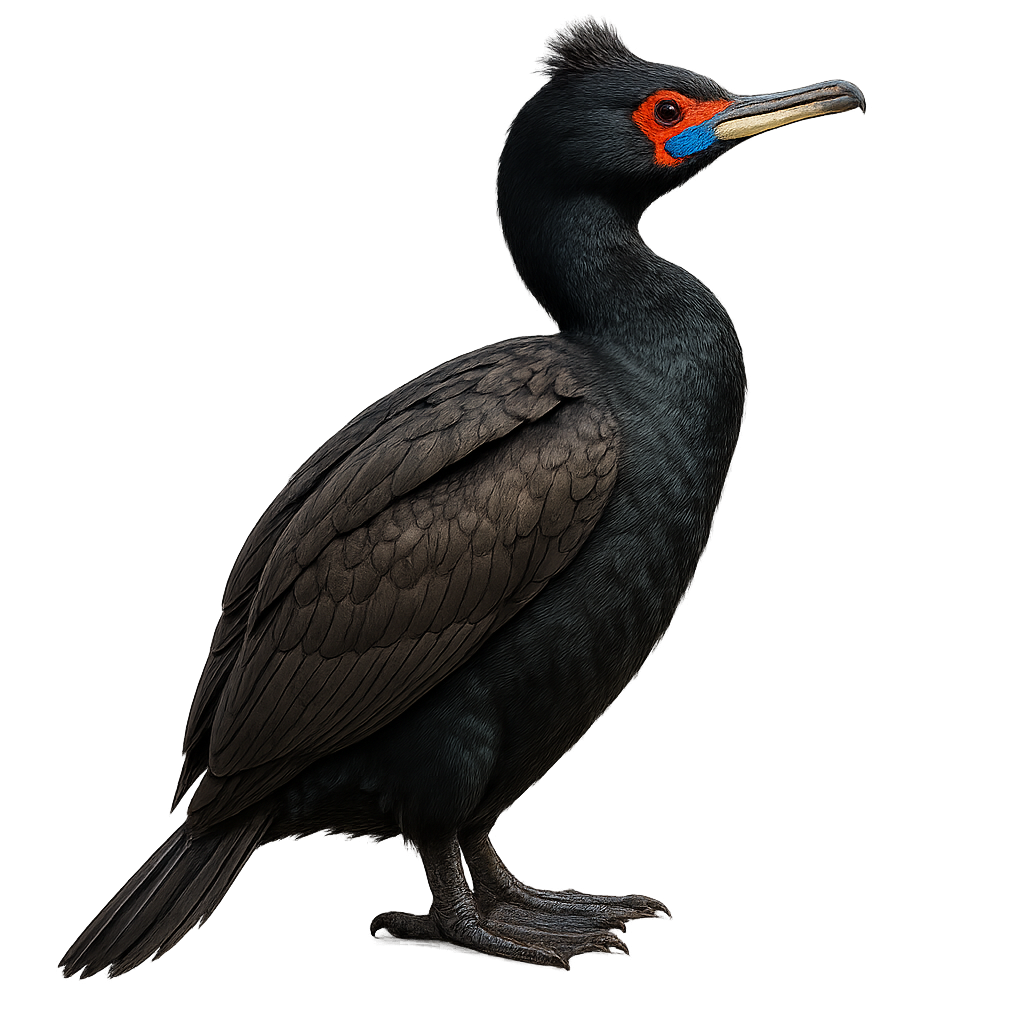Your wildlife photography guide.
Explore the red-faced cormorant in detail, study its behavior, prepare your shots.
Where to observe and photograph the red-faced cormorant in the wild
Learn where and when to spot the red-faced cormorant in the wild, how to identify the species based on distinctive features, and what natural environments it inhabits. The WildlifePhotographer app offers tailored photography tips that reflect the red-faced cormorant’s behavior, helping you capture better wildlife images. Explore the full species profile for key information including description, habitat, active periods, and approach techniques.
Red-faced Cormorant
Scientific name: Urile urile

IUCN Status: Least Concern
Family: PHALACROCORACIDAE
Group: Birds
Sensitivity to human approach: Suspicious
Minimum approach distance: 10 m
Courtship display: April to June
Incubation: 30-32 jours
Hatchings: May to August
Habitat:
Rocky coasts, cliffs, marine islands
Activity period :
Primarily active during the day, with peak activity in the morning and late afternoon.
Identification and description:
The Red-faced Cormorant, or Urile urile, is a sleek seabird with glossy dark green plumage, a bluish neck, a yellowish bill, and striking red facial skin in adults. Breeding birds also show white patches on the sides of the rump. Juveniles are duller but often show a pale pink base to the bill. Found along rocky coastlines from Alaska’s Kenai Peninsula through the Aleutian and Pribilof Islands to Russia’s Kamchatka Peninsula, Kuril Islands, and northern Japan (Hokkaido). It breeds in colonies on steep cliffs and feeds on fish caught while diving. The population is stable but vulnerable to coastal habitat disturbances.
Recommended lens:
400mm – adjust based on distance, desired framing (portrait or habitat), and approach conditions.
Photography tips:
To photograph the Red-faced Cormorant, choose sunny mornings when the light highlights the iridescent sheen of its plumage. Use a telephoto lens of at least 400mm to capture precise details without disturbing the bird. Cliffs and rocky coasts are ideal places to observe it. Be patient and discreet to avoid disturbing its natural behavior. Taking burst shots can be useful to capture the moment it dives or takes off.
The WildlifePhotographer App is coming soon!
Be the first to explore the best nature spots, track rutting seasons, log your observations, and observe more wildlife.
Already 1 430 wildlife lovers subscribed worldwide

